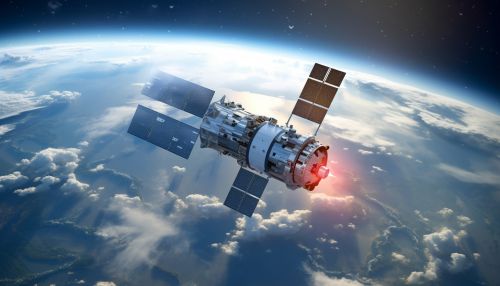Weather satellite
Introduction
A weather satellite is a type of satellite that is primarily used to monitor the weather and climate of the Earth. These meteorological satellites, see meteorology, are polar orbiting, covering the entire Earth asynchronously, or geostationary, hovering over the same spot on the equator.

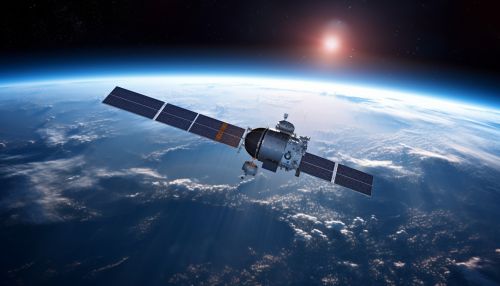
History
The idea of a weather satellite was first proposed by Arthur C. Clarke in 1945. The first weather satellite, Vanguard 2, was launched on February 17, 1959, but scientists were disappointed with the meager data it provided. The first successful weather satellite, TIROS-1, was launched on April 1, 1960.
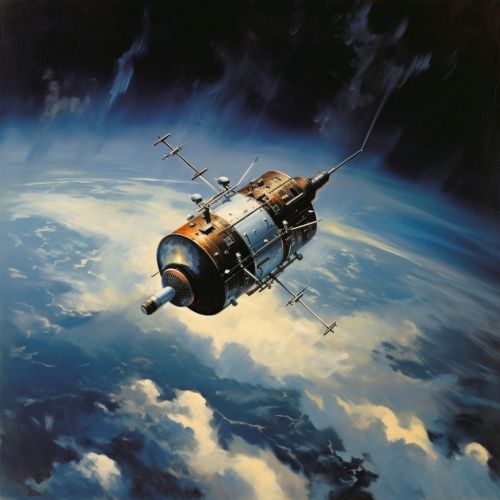
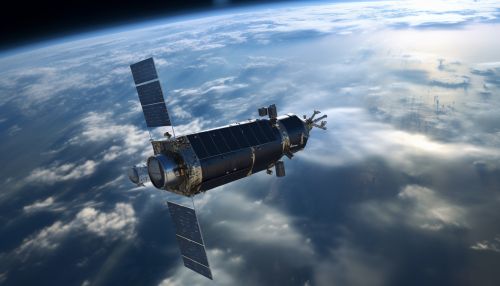
Types of Weather Satellites
There are two types of weather satellites: geostationary and polar orbiting.
Geostationary Weather Satellites
Geostationary satellites orbit the Earth at the same speed as the Earth rotates. This keeps them in the same position relative to the surface, and allows them to provide a constant vigil for the atmospheric "triggers" for severe weather conditions such as tornadoes, flash floods, hail storms, and hurricanes.
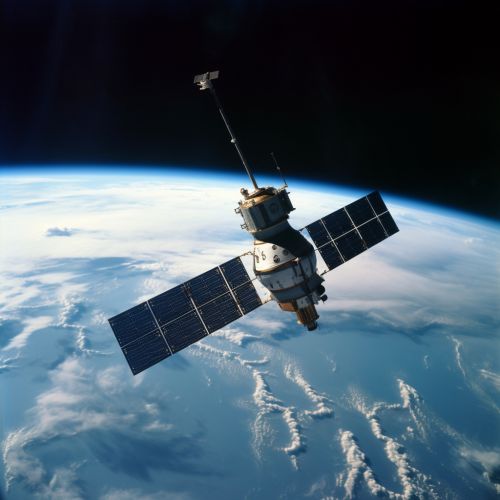

Polar Orbiting Weather Satellites
Polar orbiting satellites orbit the Earth from pole to pole, taking advantage of the Earth's rotation to see every part of the Earth's surface. These satellites provide global information that's vital to long-term weather forecasting, including data on snow cover, sea ice, vegetation, and atmospheric temperature.


Data Collection and Usage
Weather satellites carry instruments, called sensors, that observe energy that is reflected or emitted from the Earth's surface. These sensors collect data in the form of images and provide meteorologists with information about the atmosphere and surface conditions. This data is used to predict weather and climate patterns, to guide pilots, ship captains, and wilderness firefighters, and to monitor the Earth's climate.
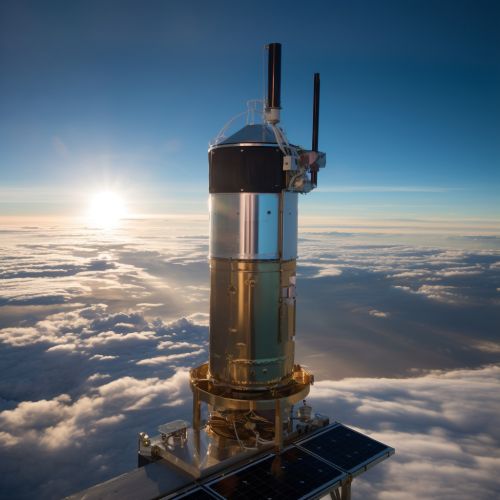

Future of Weather Satellites
Advancements in technology are improving the functionality of weather satellites. Scientists are developing new types of sensors that can provide more detailed observations of weather and climate. Satellites of the future will also be smaller and more cost-effective.

